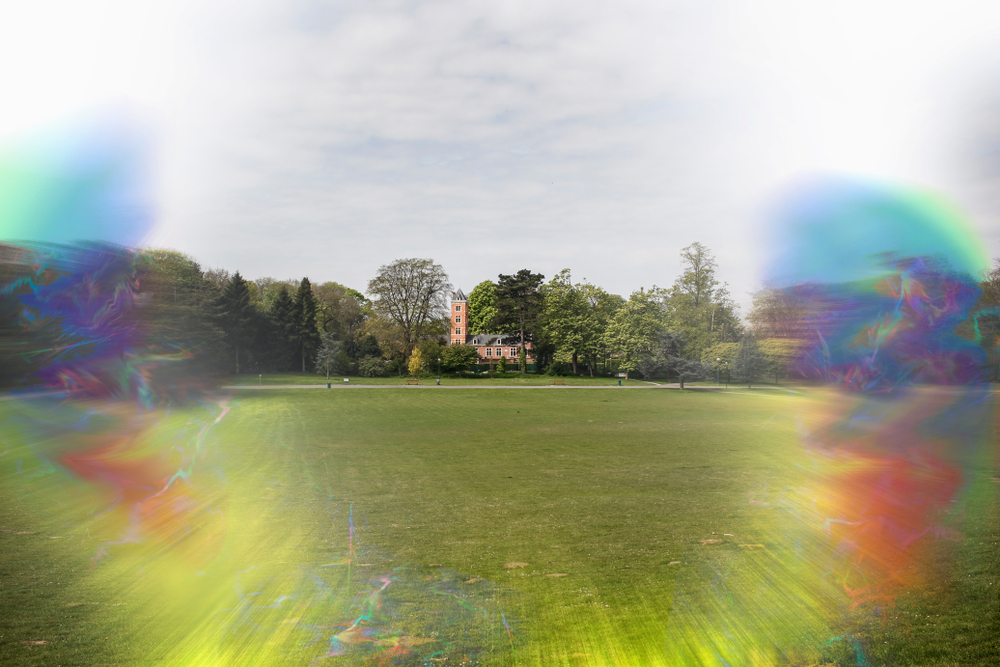

Other nervous system symptoms include yawning, difficulty concentrating, nausea, trouble finding the right words, dizziness, weakness, numbness, and tingling. Tunnel vision (only able to see objects close to the center of the field of view).Seeing stars, zigzag lines, or flashing lights.Most often, the vision is affected and can include any or all of the following: These symptoms are considered a warning sign that a migraine is coming.


The electrical and chemical waves can occur with normal functioning of the nerves and do not cause harm to the brain. The most common type of aura is visual aura, which occurs when a wave of electrical activity spreads through the visual cortex and causes visual symptoms. This electrical or chemical wave can occur in areas that process sensory signals, speech centers or centers that control movement. The part of the brain where the electrical or chemical wave spreads determines the type of symptoms you might experience. There is evidence that the migraine aura is due to an electrical or chemical wave that moves across the brain. Your doctor will need to rule out more-serious conditions, such as a stroke. See your doctor immediately if you have new signs and symptoms of migraine with aura, such as temporary vision loss, speech or language difficulty, and muscle weakness on one side of your body. Numbness, typically felt as tingling in one hand or on one side of your face that may spread slowly along a limb.Other temporary disturbances sometimes associated with migraine aura include: Zigzag lines that gradually float across your field of vision.Blind spots (scotomas), which are sometimes outlined by simple geometric designs.Most people who have migraine with aura develop temporary visual signs and symptoms, which tend to start in the center of the field of vision and spread outward. Sometimes migraine aura occurs without headache, especially in people age 50 and older. Migraine aura usually occurs within an hour before head pain begins and generally lasts less than 60 minutes. Migraine aura symptoms include temporary visual or other disturbances that usually strike before other migraine symptoms - such as intense head pain, nausea, and sensitivity to light and sound.


 0 kommentar(er)
0 kommentar(er)
